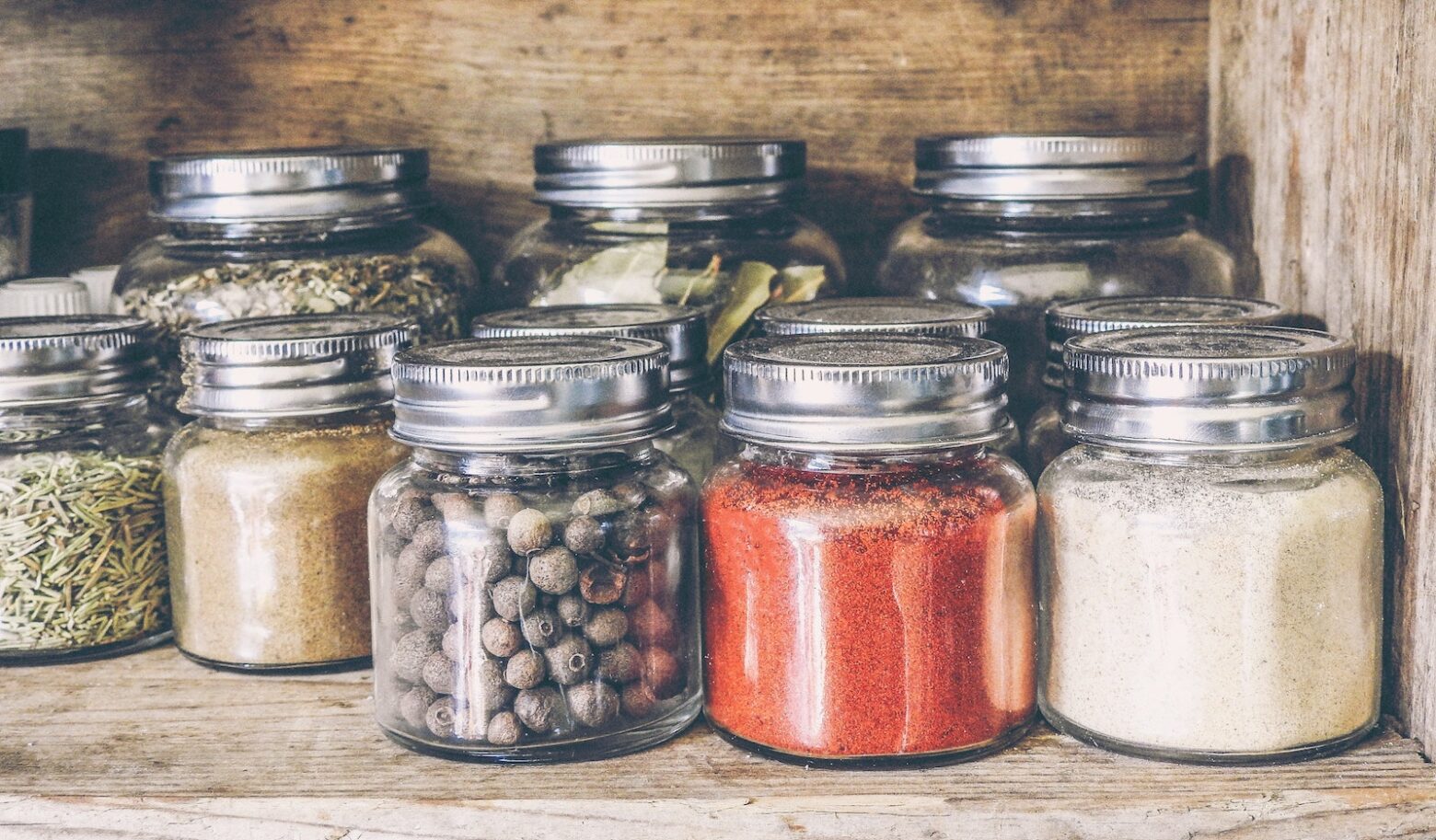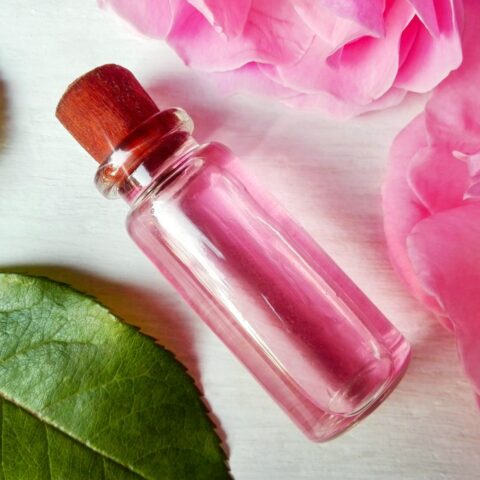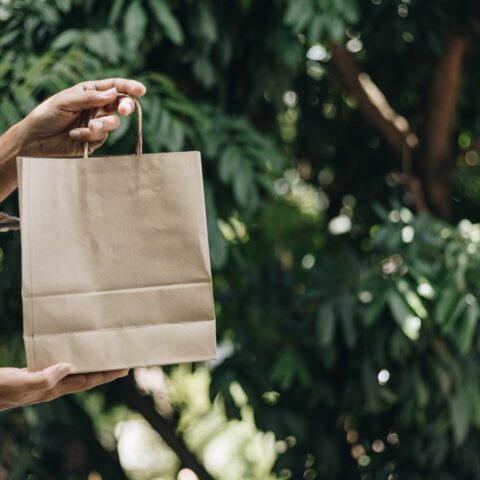How to Choose, Store, and Let Go of Spices

Spices play a crucial role in enhancing the flavor and aroma of our dishes and come from the seeds, bark, roots, or fruits of plants. They are typically dried, ground into a powder, and used in cooking and baking for their strong, bold flavors. Because of this, a little bit of spice can go a long way for flavor. Typically, only smaller quantities are needed for health benefits (compared to herbs, which are the dried leaves and aerial parts of plants and usually require larger amounts for flavor and health benefits). But how should we choose the best spices in the store? And how can we store spices so they maintain their flavor and health benefits?
When choosing spices for your meals, it is important to opt for ones that add an enjoyable taste as well as nutritional value. The Paleo Diet® does not include salt, or at least, keeps it at a bare minimum, so incorporating spices is a healthy way to add flavor without impacting sodium levels.
That being said, just because something is labeled as a spice in the store doesn’t mean it provides a health benefit, or that it’s right for you. For example, research shows cinnamon is a spice that has health benefits, but some jars of cinnamon in the grocery store also include sugar and synthetic flavoring. Let’s look at what to keep in mind when you’re shopping for seasoning or cleaning out your pantry.
Choosing Spices at the Store
When choosing spices with health benefits in mind, it is important to first and foremost consider quality. Prioritize spices that are organic and free from additives or preservatives. Organic spices are grown without the use of synthetic, harmful pesticides and fertilizers, which means you’re looking out for the health of both yourself and the environment.
Look for official USDA organic certifications because marketing on labels can be misleading with words like “natural.” Also, opt for spices stored in glass containers rather than plastic. This helps keep the spices fresh for longer and prevents the leaching of BPA found in plastic.
Unfortunately, where spices come from may not always be transparent. Gaining a basic understanding of reputable suppliers that harvest, process, and package spices will make you feel more comfortable navigating the wide array of options. How a company grows its spices, nurtures the environment the spices are harvested from, and treats its farmers are all important considerations.
You’ll also want to be considerate of waste by only purchasing the amount of spice you need. Since a little goes a long way and spices stay fresh for a short time, only buy large amounts if you use them daily.
Related Recipe: Golden Milk Matcha Latte
How to Store Your Spices
How you store your spices can impact the preservation of freshness, potency, and flavor. Store spices in airtight, glass containers away from heat and light. This helps prevent moisture and air from deteriorating their flavor and aroma. Glass jars with tight-fitting lids are ideal for this purpose. Some choose to add an additional measure of protection from light by using dark or amber glass bottles, but as long as it’s away from light sources, clear glass is fine.
Since heat from a nearby stove can also impact spice preservation, don’t keep your spice rack near the oven. Instead, give it some distance by opting for the pantry. If you’re buying spices from a bulk bin, make sure to label each container with the name of the spice and date when you purchased it to keep track of freshness.
Lastly, avoid storing them near ingredients with strong aromas, such as onions or garlic. This may not be an option if you’re short on storage space, but consider that spices easily absorb odors, which can affect their taste. Do what you can to keep spices separate from other ingredients so they’re more likely to maintain their distinct flavors.
When to Let Go of Spices
Expiration dates for spices and herbs are greatly misunderstood. Many often keep herbs and spices in their pantries as long as there is something left in the bottle. In fact, spices and herbs only maintain optimal freshness and potency for about six to 12 months. If something happened during storage, or perhaps you didn’t buy as high-quality spice as you thought, the window of freshness might be even smaller.
Look at and smell your spices to determine if you need to throw them away. If a spice no longer has its notable aroma, or if you smell a musty odor, it’s time to toss it. Also, consider the color—if a spice has faded or become dull, it may have lost its potency.
This semi-annual to annual ritual of cleaning out your spice rack reiterates why it’s especially important to buy smaller amounts. You can always get more when you need some. Don’t ditch the bottle, though! Wash and dry thoroughly between spices, and refill with the same fresh spice the next time.
The Bottom Line
Incorporating spices into your cooking, baking, or beverages has more opportunity to provide health benefits when it becomes a part of your daily diet or even in teas. Some spices may interact with your medications or have health benefits that are not appropriate for you. Remember to consult with a healthcare professional familiar with botanical medicine and drug-herb interactions before using medicinal spices, especially in relation to any specific health concerns.
Griffin McMath, ND
With a background in clinical practice, advocacy, and behavior change communication, Dr. McMath is passionate about advancing health literacy and empowering people to make informed decisions.
More About The Author




